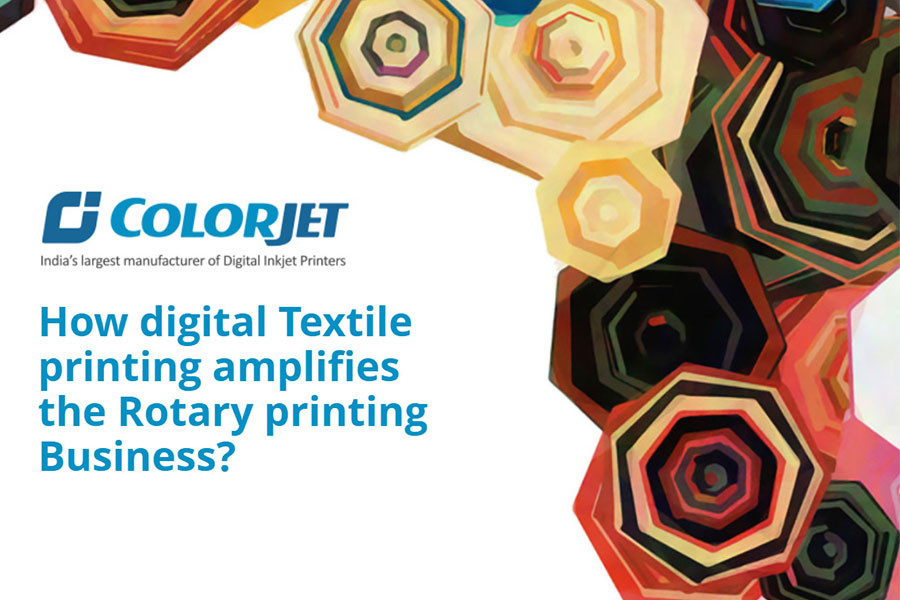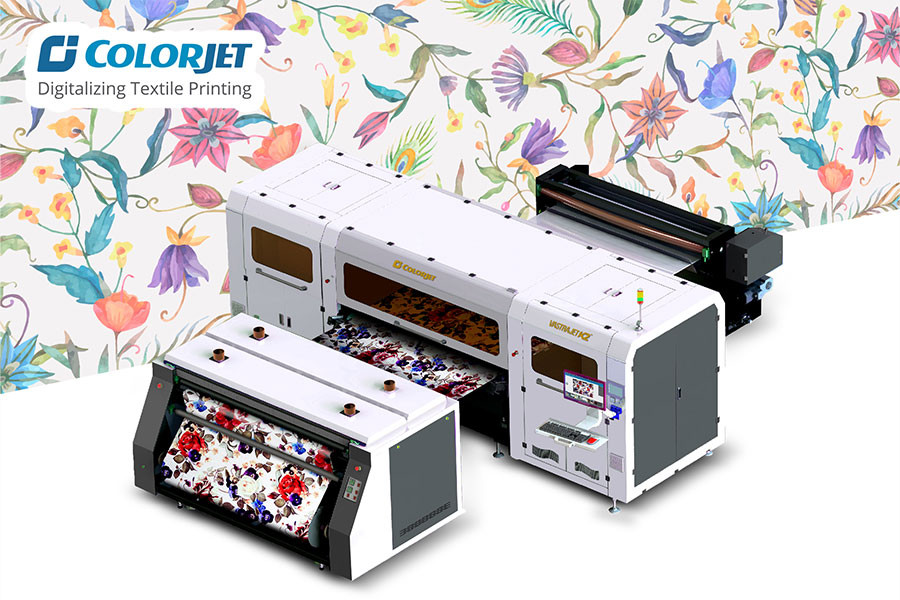

KNOW ALL ABOUT DIGITAL SILK PRINTING
Digital Silk Printing
Digital Silk Printing is on the rise with the market having huge demand for detailed designs on the silk fabric. The process of digital silk printing is interesting and a lucrative business opportunity.
Digital printing is the preferred method of creating unique designs and printing them onto fabrics such as silks, cotton, polyester, etc. Digital textile printing is the best way to bring your designs to life through patterned and colorful fabrics.
How silk is printed on the digital textile printer?
The methodology for digital silk printing is similar to standard inkjet printing but requires more care as silk is a delicate fabric.
Below is the step-wise process:
1. Designing
The customers’ design or artwork is required to begin the process. It can be either digital or hand-drawn and then can be converted into digital format. Designers have many options, including the ability to use a wide range of colors. It is important to create designs that can be reproduced consistently.
2. Pre-treatment
Silk printing requires pre-treatment. Silk must be coated with an external fabric finisher to absorb ink and accept it in order to ensure the best output. The fabric is in RFD (Ready for Dyeing) mode. A piece of fabric is print tested for calibration of the printer, as per the right amount of ink. Too much ink can cause the fabric to lose its crispness and low ink may result in the print losing its brightness and color.
3. Printing
After the fabric has been pre-treated, it is now in the RFDP (Ready for Digital Printing) mode. Now, the fabric can be passed through the digital inkjet printing machine to print the desired design. Silk fabric is printed by acid dye ink or reactive ink. Acid dye is water soluble anionic dye which shows brilliant bright colours and fastness properties. Before printing begins, the ink heads are adjusted to the right height. In order to create the desired design with vibrant colors, the head sprays tiny droplets of ink on the fabric.
4. Finishing
The last step in the process is finishing, which is the same for digital or screen printing. As silk is freshly printed, it is in the most vulnerable stage and requires utmost care. The silk needs to be steam-dried so that the ink and fabric fibers are bonded. Then, it must be washed to remove any residual ink and coating. Finally, the silk is dried and ironed.

Digital Printing and Screen Printing: What’s the difference?
Both these printing methods are used for silk printing.
Before the onset of digital printing, the traditional method of printing was used. Screen printing, the conventional way of printing, is still used by both designers and manufacturers. However, it is to be noted that screen printing is more laborious and requires precision & high level of skill.
As the name suggests, in screen printing, a screen (or stencil) is used to transfer the desired design onto the fabric. The limitations of screen printing include the ability to apply one color at a time. The design is created through multiple stencils used simultaneously. This method of printing is time-consuming.
On the other hand, digital printing of silk consumes less labour and less time with the ability to print complicated & vibrant designs and millions of colors, with ease and convenience.

Benefits of Digital Printing?
Colorful designs
The option of having millions of colors to choose from for any design.
Highly detailed
Digital printing is better suited for designs with high levels of detail. Photographic prints that require a high level of detail can be easily printed.
Set up cost is minimal
Digital printing is faster, easier, and sustainable than screen printing. Digital prints yield faster output than screen printing because it doesn’t require setting up of multiple screens. This reduces both the time and labor cost.
Time saving
Digital printing saves time and helps you meet deadlines. This method can handle large orders in a short time and has the ability to print multiple copies.
Minimum order quantities are smaller
Digital printing is comparatively easier than screen printing. Minimum order quantity required by manufacturers is typically lower making it an ideal choice for small businesses.

It is usually down to the design and the needs of the customer to decide between the screen and digital printing. Depending on these factors, printers will recommend the best method for each order.

For Digital Textile Printing solutions, you can contact the experienced team of highly trained experts at ColorJet. Write to us at info@colorjetgroup.com or speak to us at +91 8178 639 972.



